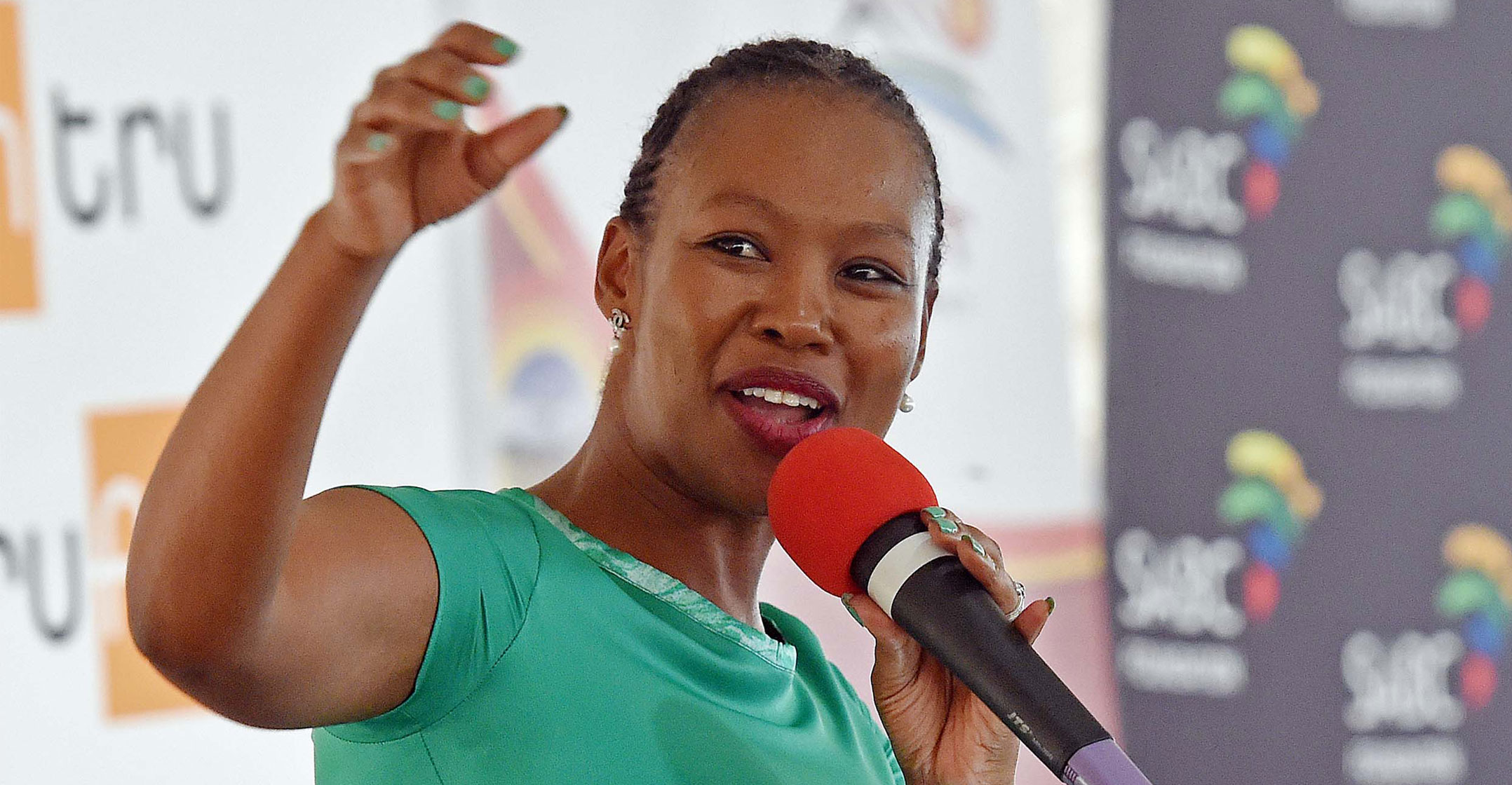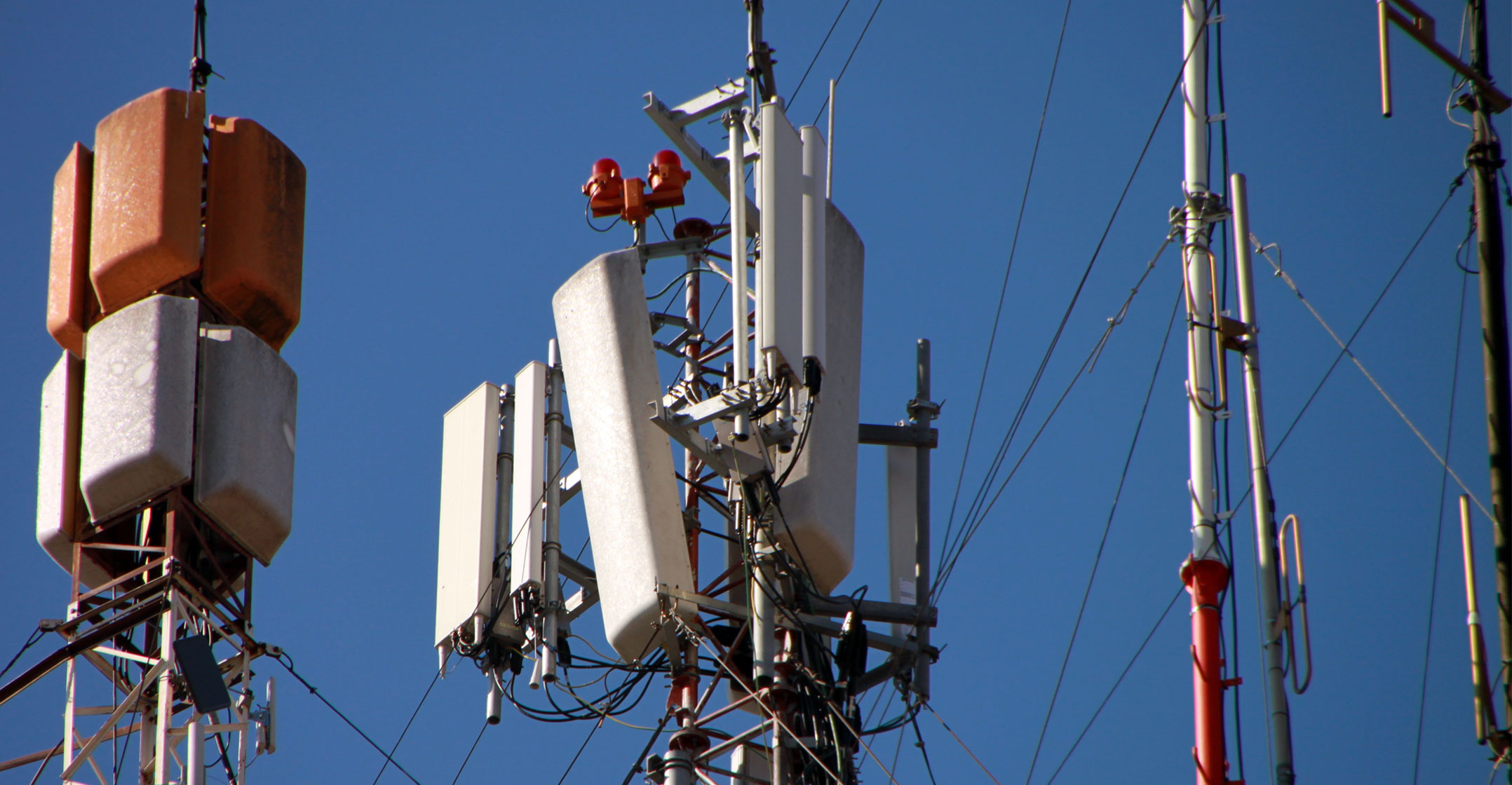
Communications minister Stella Ndabeni-Abrahams has promised — like so many of her predecessors — to fast-track South Africa’s embarrassingly late migration from analogue to digital terrestrial television.
Speaking in parliament on Wednesday on the presentation of the new department of communications & digital technologies’ budget vote, Ndabeni-Abrahams said the department will present a “renewed” broadcasting digital migration model within the next 90 days. (The new department is the result of the merger of the departments of communications and telecommunications & postal services.)
This will done to “deal with the swift release of the high-demand spectrum needed for the roll-out of broadband and effective DTT (digital terrestrial TV) migration”, the minister said.
Industry watchers will be forgiven for being cynical. The minister’s dozen or so predecessors, going back to the last decade, all promised a swift resolution to the migration project. So many deadlines have been missed that one might be tempted to think that South African politicians are addicted to the “whooshing noise” deadlines make as they go by, to paraphrase the late sci-fi author Douglas Adams.
Digital migration again appears to have stalled, despite Ndabeni-Abrahams’ predecessor in communications, Nomvula Mokonyane, last year promising to get the process back on track. The former minister, who was left out of President Cyril Ramaphosa’s new cabinet — announced earlier this year — had said the project would be completed by no later than July 2020. Mokonyane described that date as the “firm and final deadline” and that no slippage would be allowed.
South Africa was meant to complete its digital migration by no later than mid-2015, in terms of an agreement with the International Telecommunication Union.
Policy direction imminent
Meanwhile, Ndabeni-Abrahams said in Wednesday’s speech that her department will publish a final policy direction to communications regulator Icasa “within seven working days” — or by the end of next week — to allow for the licensing of so-called high-demand spectrum, or frequency bands used for providing mobile broadband services.
South Africa has never licensed spectrum specifically for the roll-out of 4G/LTE networks, though Vodacom, MTN, Telkom and Cell C have cleverly re-allocated 2G and 3G assignments to deploy 4G.
Icasa is expected to license access to the 2.6GHz band — good for coverage in urban areas — and in the 700MHz and 800MHz “digital dividend” bands, which are good for rural coverage and improving in-building service in cities. However, the digital dividend bands are still being used by analogue TV broadcasters, and so access to them by mobile operators is dependent on the broadcasting digital migration programme being fast-tracked.
 Ndabeni-Abrahams has also promised that government will not be tardy — as it very clearly has been in releasing 4G spectrum — when it comes to ensuring access to frequencies suitable to building next-generation 5G networks are licensed.
Ndabeni-Abrahams has also promised that government will not be tardy — as it very clearly has been in releasing 4G spectrum — when it comes to ensuring access to frequencies suitable to building next-generation 5G networks are licensed.
She said government wants to ensure South Africa is “not left behind” on 5G technology. “5G is not only telecommunications based, but cuts across all sectors,” she said.
“We’ve got to treat it the way we deal with the land,” she added, to jeers from opposition benches in parliament. — (c) 2019 NewsCentral Media




